Homeowners in Marshall, Sun Prairie, and Deerfield understand the importance of durable siding that holds up through Wisconsin’s demanding seasons. At Heins Contracting, we provide expert siding, roofing, and window services designed to protect and enhance the value of your home. From full siding replacements to repairs after storm damage, our team brings decades of experience to every project.
We take pride in delivering clean, timely work with a focus on communication and reliability. Whether you’re dealing with cracked vinyl, moisture intrusion, or old wood siding that no longer insulates well, we’ll guide you through your best options. Get started today by requesting a free estimate through our online form, no pressure, just clear answers for your property needs.
Our crews serve all of Dane County, and we’re familiar with the architectural character of neighborhoods throughout Marshall. From traditional two-stories to newer developments, we tailor each project to the home’s structure and age. That personalized approach is what keeps local homeowners coming back for future upgrades or repairs.
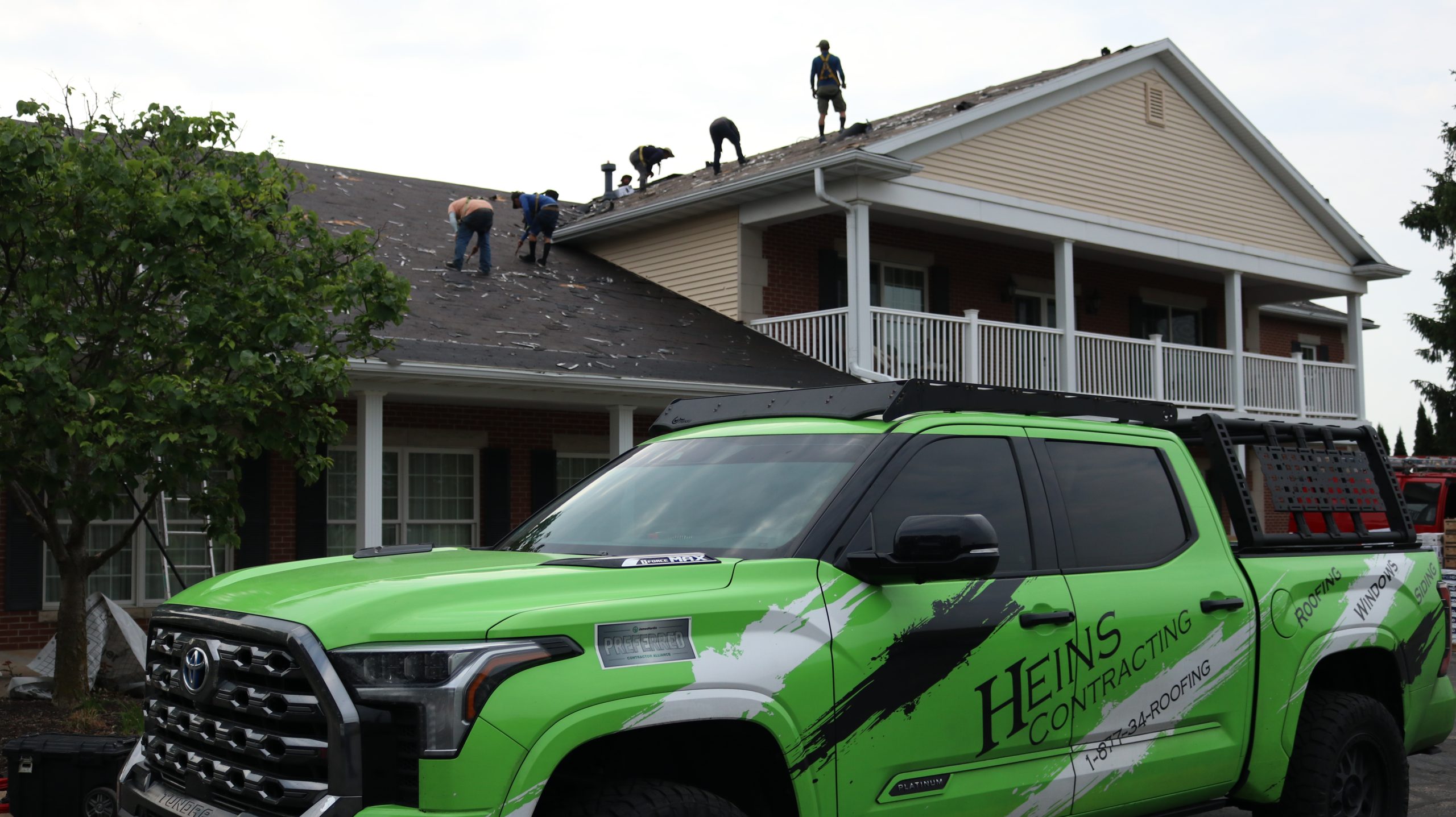

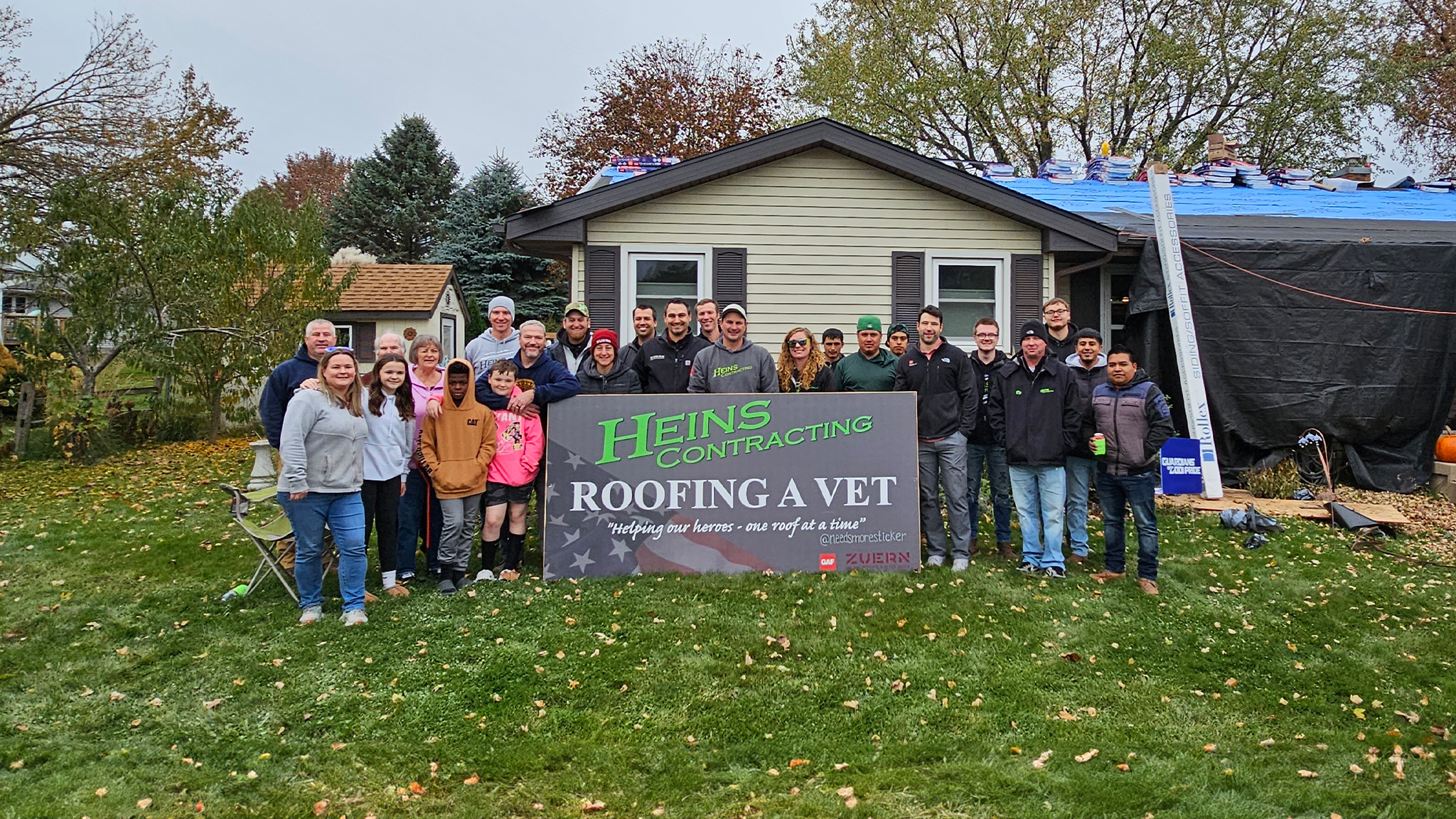
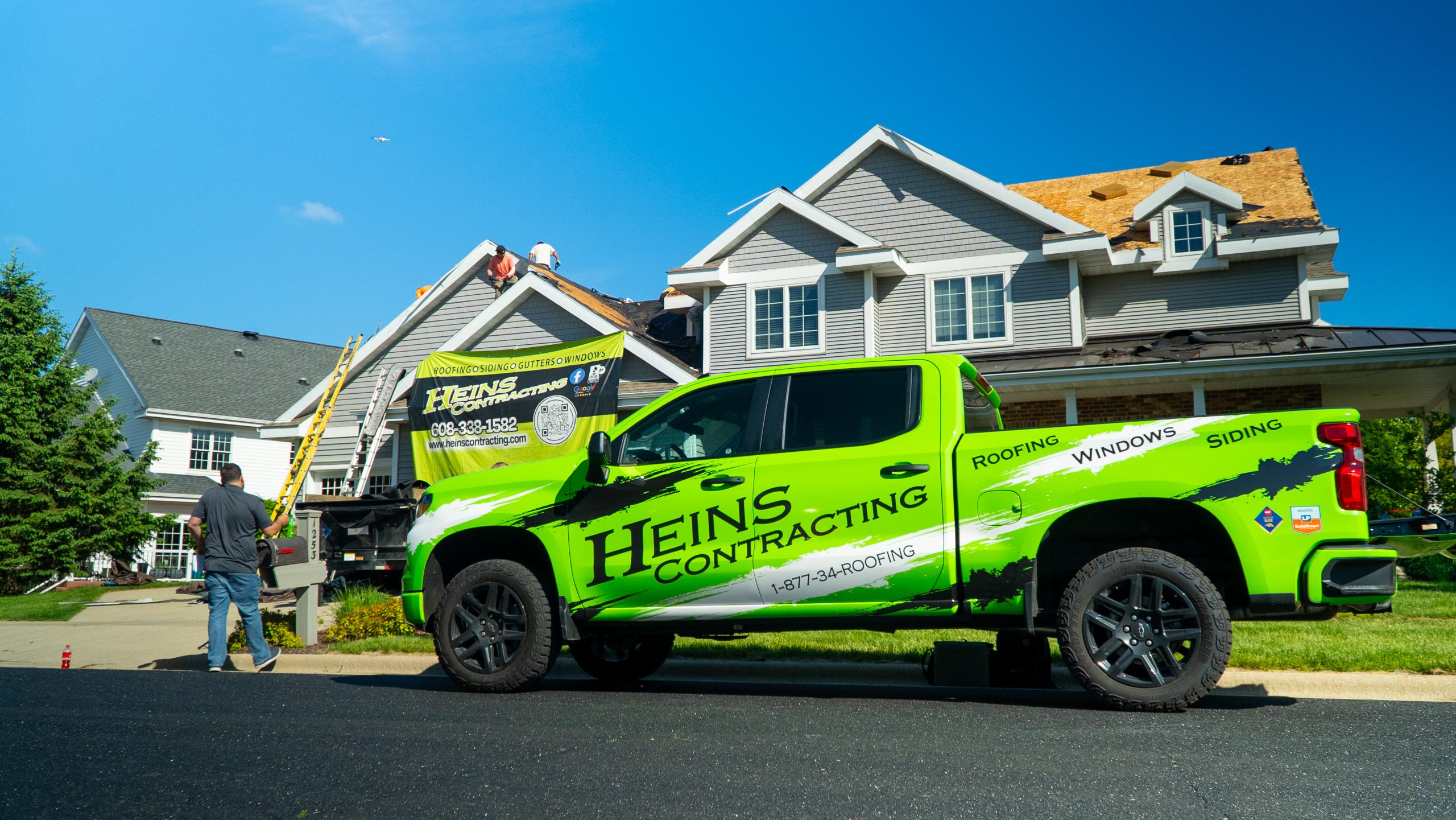
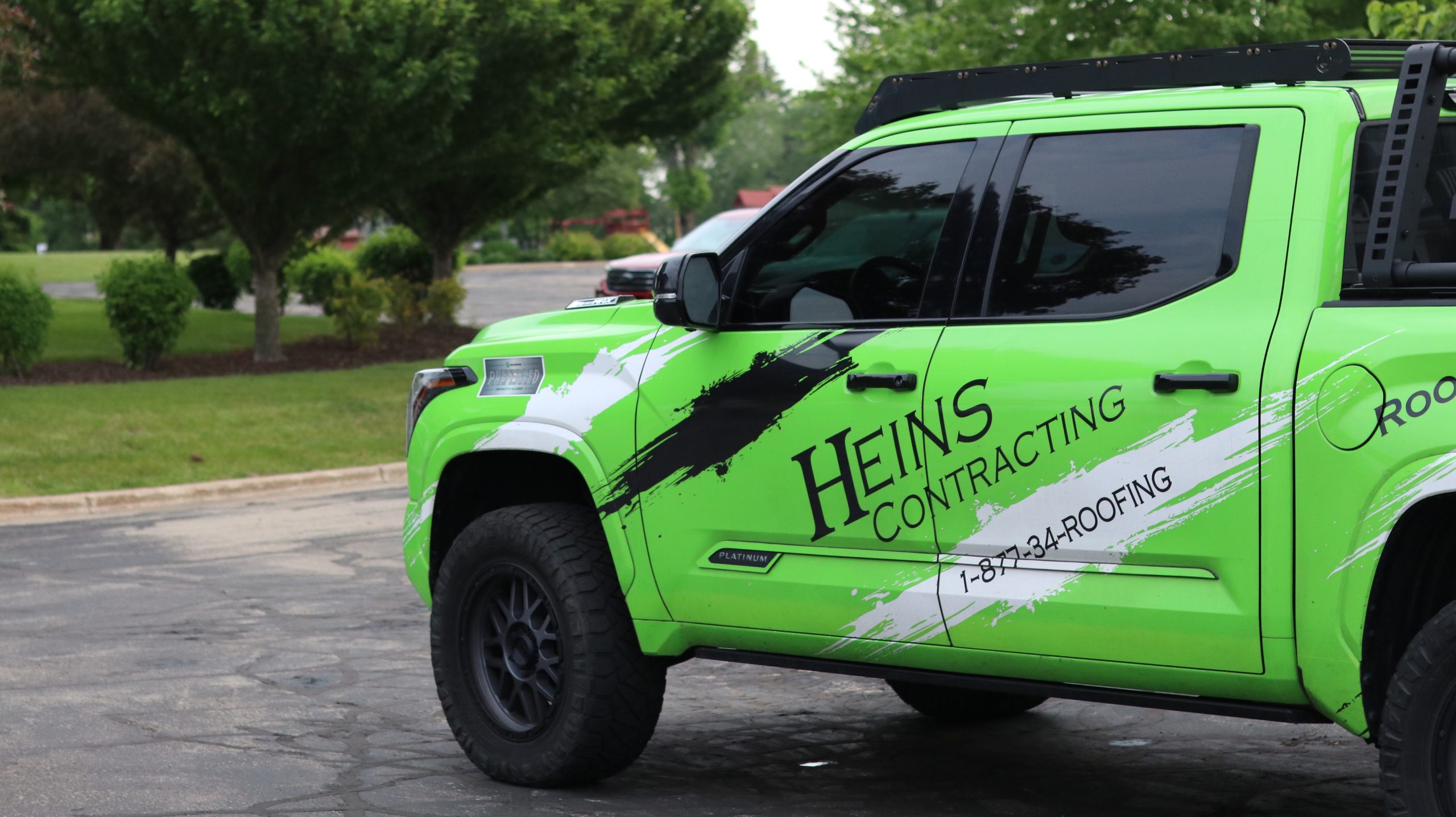
The exterior of your home is your first defense against unpredictable Midwestern weather, and siding in Marshall takes a beating over time. Winters regularly drop below 10°F, while summers hover in the 80s with high humidity. Add in spring downpours and fall winds, and it’s no surprise many homeowners schedule siding repairs every few years.
These climate shifts affect not just the material itself, but the underlying structure. Moisture trapped behind siding can lead to warping, mold, and insulation issues. Vinyl may fade or crack, while wood becomes vulnerable to rot. Understanding how local weather interacts with siding materials is key to preventing long-term problems.
The freeze-thaw cycles in Marshall are especially hard on older homes with traditional wood or aluminum siding. During winter, trapped moisture expands as it freezes, causing splits or buckling. In spring, sudden warm spells melt snow rapidly, pushing water into siding seams or soffits. That’s when many homeowners first notice peeling paint or swelling panels.
Summer brings its own issues. Intense UV exposure wears down protective finishes, and humid air increases the risk of mold where siding has poor ventilation. By mid-season, siding often shows signs of warping or detachment, both indicators that replacement or reinforcement may be necessary.
Marshall has a mix of older properties and homes built in the late 1990s to early 2000s. Many of these now face the 20–25 year siding lifespan mark. Vinyl installed decades ago tends to lose flexibility and colorfastness, while original wood may no longer insulate effectively. Even newer homes can develop gaps or loose panels from poor installation or severe storms.
As homes age, siding becomes one of the most visible signs of wear. That’s why we recommend homeowners consider a full siding evaluation every 10 years, especially if their property was built before 2005. Catching small issues early helps avoid major structural repairs later, and can also reduce energy costs year-round.

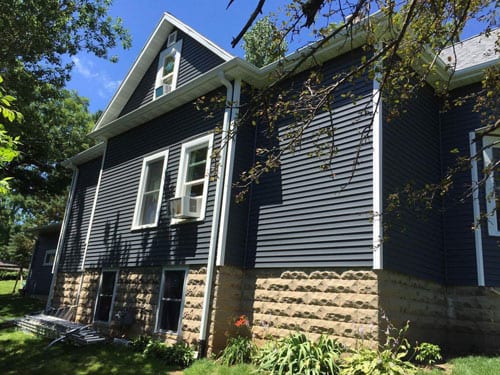
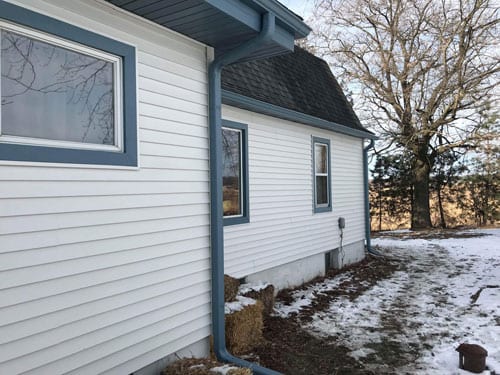
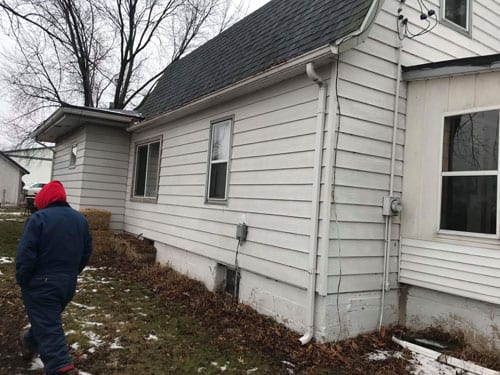
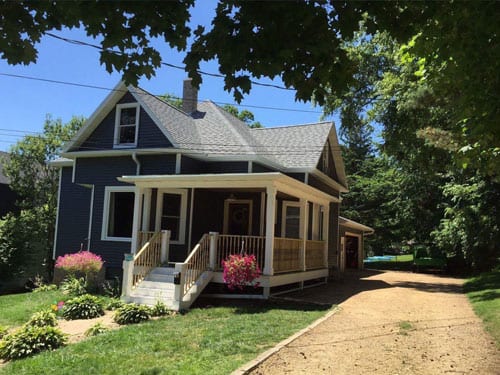
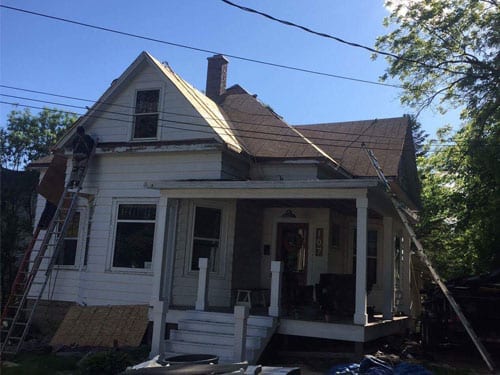
Knowing when and how to care for your siding can make a big difference in how long it lasts. Marshall’s climate demands a different approach each season, from winter frost protection to summer inspection for warping or fading. Staying ahead of maintenance helps prevent major issues and keeps your home looking sharp.
Beyond aesthetics, well-maintained siding also plays a big role in moisture control and interior comfort. Small cracks, loose joints, or clogged weep holes can allow water or pests to enter your walls. That’s why a seasonal routine, paired with occasional professional checks, goes a long way.
During winter, snow accumulation along lower siding edges is common in Marshall. When that snow melts and refreezes, it can cause expansion damage or expose areas where flashing has worn. Homeowners should regularly check for ice dams and inspect siding after snowstorms for signs of cracking or frost pull.
Spring is the ideal time for a siding checkup. As temperatures rise, many homeowners spot mildew streaks, loose nails, or bubbling under vinyl panels. Addressing these problems early prevents more serious moisture damage and ensures ventilation behind the siding is working as intended.
Marshall summers may not seem extreme, but heat and sun exposure slowly degrade the surface of most siding types. Lighter colors tend to fade first, and south-facing walls bear the brunt of UV stress. That’s why summer is a good time to assess color retention and sealant condition.
In fall, strong winds and debris from nearby trees pose a risk. It’s important to trim branches near exterior walls and inspect any areas where siding meets roofing or windows. These transition zones are often weak points that benefit from caulking or reinforcement before winter hits again.






If you’re planning a siding upgrade in Marshall, it helps to know what to expect cost-wise. The average siding project in this area ranges from $10,000 to $25,000 depending on square footage, material type, and prep work. Smaller repairs might cost between $1,500 and $3,000, especially for isolated damage or panel replacement.
Material plays a major role in pricing. Vinyl remains the most affordable, while engineered wood and fiber cement run higher due to their longevity and curb appeal. Labor also affects cost, experienced crews familiar with local building codes ensure better durability and fewer callbacks down the road.
Every home is different, and pricing reflects that. Homes with multiple stories, steep rooflines, or custom trim will naturally cost more to re-side than a single-level ranch. Removal of old materials, insulation upgrades, and the number of windows or corners also increase labor time.
Permits and weather delays can influence timelines too. In Marshall, siding work is usually done from late spring through early fall, minimizing cold-weather interruptions. Planning your project early in the season helps avoid contractor backlogs and may result in more flexible scheduling.
Many homeowners ask whether it’s better to repair or replace, and the answer depends on long-term goals. If siding damage is localized and the rest of the exterior is sound, a focused repair can work. But widespread fading, recurring moisture issues, or rising energy bills often point to the value of full replacement.
Financing or insurance may help offset costs, especially if damage is storm-related. Heins Contracting can assist with inspection reports or adjuster communication when needed. If you’re ready to improve your home’s durability and appearance, reach out for a no-obligation quote specific to your Marshall property.
At Heins Contracting, our expert construction teams use only the best quality materials, whether that’s for roofing, siding, gutters, storm damage, or other installations or repairs.
If you need Marshall siding services or any of our related services, be sure to contact us before a small concern turns into serious damage to your home.
We’re your roofing, gutters, storm damage, and siding contractors in Marshall, WI, and the surrounding area. Reach out today!
Heins Contracting’s Madison Office
1930 S. Stoughton Rd.
Madison, WI 53716

Visible signs like cracks, warping, rot, peeling paint, mold, mildew, high energy bills, or water damage usually indicate that your siding needs attention. In Platteville’s climate, freeze‑thaw cycles often lead to small gaps or bulges that can trap moisture and worsen over time. It’s wise to schedule a professional inspection if you see any of these issues, early intervention can save costly structural repairs later.
Yes, minor damage on vinyl or wood siding can often be repaired individually . However, matching new material and color to existing panels can be difficult due to fading. If multiple areas are affected, a full replacement may be more cost-effective and visually seamless, especially for homes that see significant sun exposure or weather impacts.
Popular options in our area include vinyl and fiber‑cement siding. Vinyl offers affordability and ease of maintenance, but can crack in freezing temperatures. Fiber‑cement is sturdier, more resistant to rot, termites, and fire, and can last significantly longer, making it ideal for withstanding Platteville’s temperature swings and heavy precipitation.
Yes, replacing your siding, especially with insulated products, can enhance energy efficiency and lower heating and cooling bills. Insulated siding, designed with foam backing, can boost thermal performance by up to 20% compared to non‑insulated vinyl. This makes it a smart choice for Platteville families looking to maximize cost savings and indoor comfort.